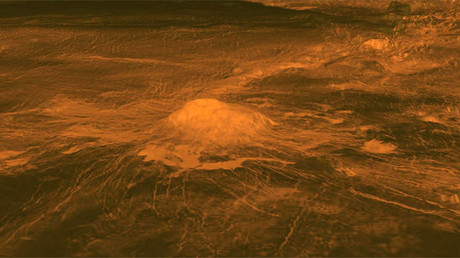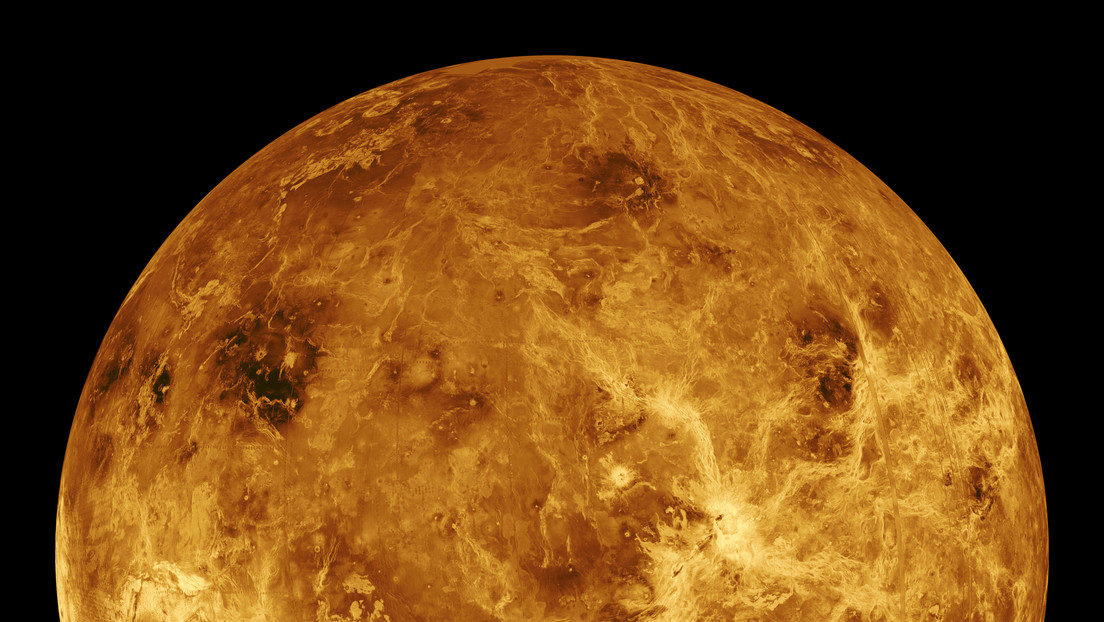Published:
2 June 2021 20:31 GMT
One of them, DAVINCI +, will analyze the atmosphere, and the second, VERITAS, will map the surface of the planet.
Two trips to Venus will begin between 2028 and 2030, Has announced NASA this Wednesday.
One of them, DAVINCI +, will analyze the atmosphere, and the second, VERITAS, will map the surface of the planet. These are the successful projects of the Discovery 2019 competition, each of which will receive approximately 500 million in funding.
“They aim to understand how Venus became a hellish world. It may have been the first world to live in the solar system, with many characteristics similar to ours, with an ocean and an Earth-like climate,” the statement said.
Da Vinci + That is a sphere Landing Analyze it into the planet’s thick gas envelope and understand how it formed and evolved. This will determine If ever there was an ocean. It is expected to deliver High quality pictures of tiles, Geographical shapes similar to the Earth’s continents and suggest that Venus may have plate tectonics.
This is the first mission to study the planet’s atmosphere since the launch of the Soviet device Vega 2 in 1985, and the first voyage by NASA since 1978, when the first pioneer Venus 2 was launched.
For its part, Veridas It runs from orbit. This will create a 3D reconstruction of the landscape of Venus. It is hoped that this data will allow for understanding Why it has evolved differently Go to earth and clarify Tectonic plate motions and volcanism On the planet. Similarly, this study will record the types of rocks that make up Venus with infrared and try to find out whether its volcanoes emit water vapor into the atmosphere.
A special mission to Venus was launched in 1990. This is a Magellan device from NASA that orbited the planet until October 13, 1994.

“We are accelerating our planetary science program by actively exploring a world that NASA has not visited for more than 30 years. We are entering a new decade in Venus To understand how an Earth-like planet can become a greenhouse, “said Thomas Surbuchen, NASA’s Associate Scientist.
“Our goals are profound. It’s not just about understanding the evolution and habitat of the planets in our own solar system,” he said. Extend to Exoplanets beyond these limits, An exciting and growing research area for NASA, “he said.


:quality(85)/cloudfront-us-east-1.images.arcpublishing.com/infobae/SMPW7M5BQFERBOQUPJXKCOKARY.jpg)
:quality(85)/cloudfront-us-east-1.images.arcpublishing.com/infobae/NP5NEZXMZFGNLBHNEQJHPJVMKM.jpg)

:quality(85)/cloudfront-us-east-1.images.arcpublishing.com/infobae/X7DZAL3I4REJTKPZ4Y4DYBHFMI.jpg)